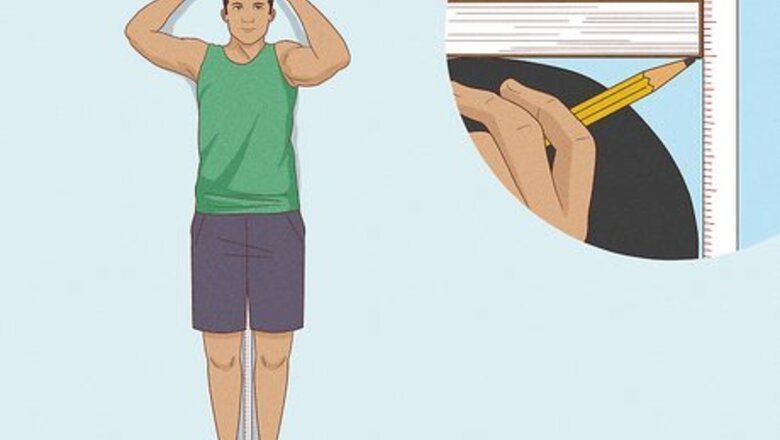
views
Basic Measurements
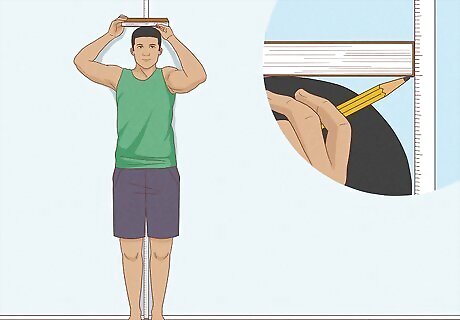
Measure your height. For tailoring and rental purposes, or even if you're planning on buying your own suit, it's important to provide basic height and weight measurements before taking more specific measurements. Take off your shoes and stand with your back against the wall, and measure yourself with a tape measure to get an accurate number for your height. Place the tape measure at the bottom of your feet and measure to the highest point on your head.
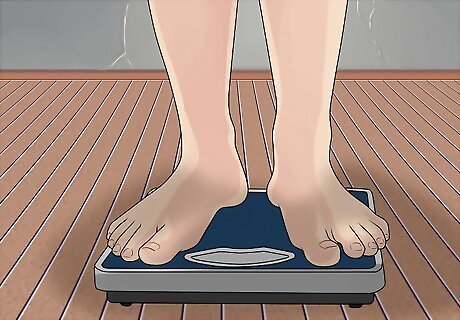
Weigh yourself. While not the most important number for having a suit made or measured, your weight can help a tailor better match pants to jacket, determining your "drop" number. If you're sending numbers off to a store to have a tuxedo rented for you, your weight can make the process a whole lot easier. No cheating. It'll be more slimming to have a suit that fits than a suit that fits like you wish it would.
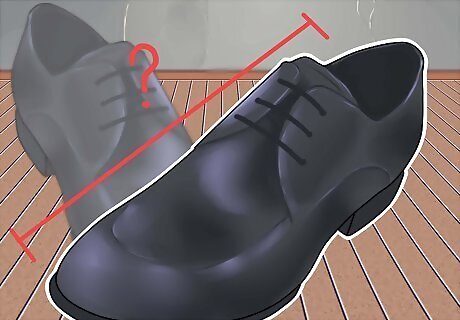
Provide your shoe size. If shoes are to be provided, provide your size to match you with a pair of nice-fitting shoes. Other than your shoe size, it’s also good to provide a sense of the narrowness of your foot and how to tell them what kind of shoe you’d like. Many places will use the following terminology to match width: B: Narrow D: Regular, or medium-width E: Extra wide EEE: Extra-extra wide
Measuring for Pants
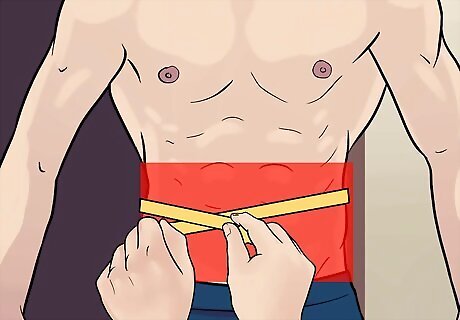
Measure your waist. Because tuxedo pants fit higher up around your waist than jeans or dress pants, which sit around your hips, you need to take different measurements instead of providing your pant size as you normally might. Using a tape measure, measure around the top of your hip bones and across your navel to determine an accurate waist size for a tuxedo.
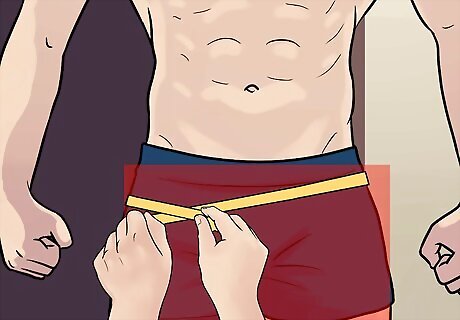
Take your hip measurement. To make sure that the pants fit comfortably, take care to do this step properly. This can be done over your pants. Place the tape measure around your hips, where the hip bone juts out at its biggest point. Then, continue wrapping down around the biggest part of your backside. This will help to make sure that your trousers are roomy and comfortable.
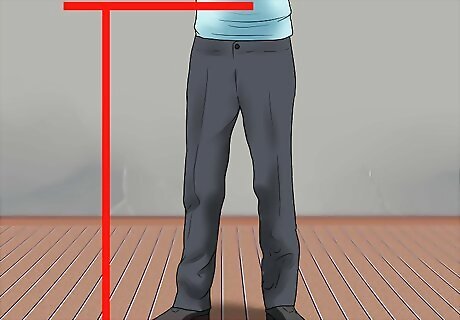
Measure your outseam. The outseam refers to the seam the runs along the outside edge of your leg. This measurement needs to be taken while you're wearing shoes. Measure from the outside arch of your shoe, pulling the tape measure up your leg, past your hip bone and to the height of your navel. This measurement helps determine the length of pants you will need. Make sure the shoes are similar to what you'll be wearing with the tuxedo, in terms of height. You wouldn’t want to do this barefoot, or wearing big-soled cowboy boots.
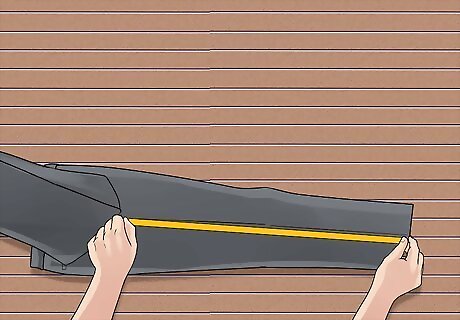
Take your inseam measurement. The is usually most easily measured on a pair of pants that you already own, rather than while you've got them on. Fold a pair of pants that fits you well flat on its side, so the seams are even. Fold one leg up and out of the way, then measure a straight line from the crotch seam to the bottom cuff of the pants. Depending on the tailor or the rental place, some shops will ask you for both in and out-seam measurements, while others will only ask for one or the other. Make sure you find out what they're looking for, so you don't provide the wrong measurements.
Measuring for Coats
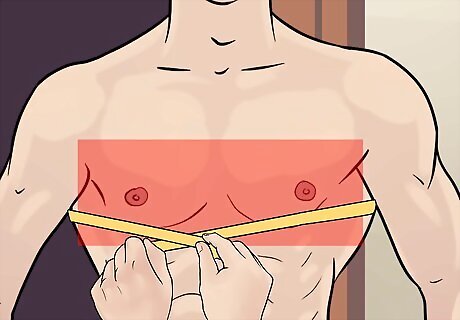
Measure your chest. Raise your arms out to the side and run the tape measure around your shoulder blades, under each arm and around the fullest part of your chest. Lower your arms and assess the measurement. Make the measurement snug, but not tight.
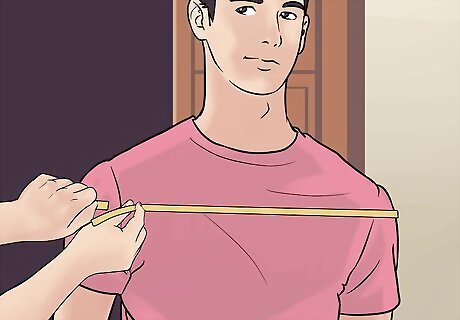
Take your overarm measurement. Put both arms at your side and place the tape measure around your chest and both shoulders, just below where your collar bone ends. Feel with your finger to find the nub of your collarbone and make the measurement just below that point.
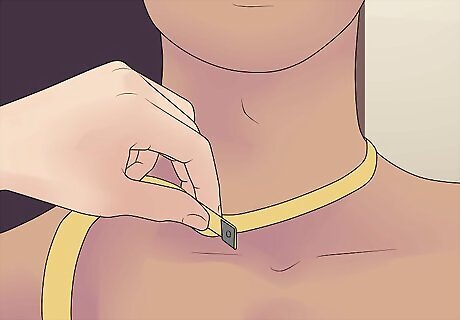
Measure your neck. Circle the tape measure around your neck and record the measurement. You want the tape measure down as close as possible near your collar line, just above your clavicle, not up around your throat. This will ensure that you receive an accurate shirt size.
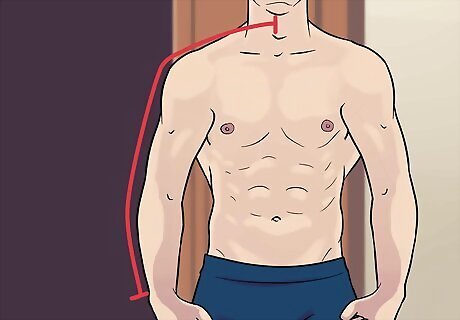
Take your sleeve measurement. Allow one of your arms to hang straight at your side. Place the tape measure near the bottom of the back of your neck. Run the tape measure over the top of your shoulder and then down your straight arm to a point approximately one inch before you get to your wrist. You also may need to provide your coat in-sleeve measurement. Put the tape measure on the inside of your arm, slightly below your wrist. Pull the tape up into your underarm for the complete measurement.
Getting the Right Fit
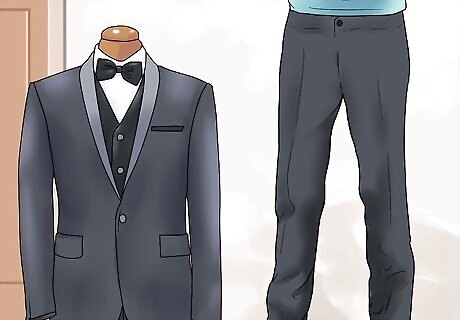
Determine the “drop” of your measurements. Learning the terminology used at the tux rental place will help to better fit the right kind of suit to your body type. It’ll also make the whole process less confusing. The “drop” refers to the difference between your coat and pants size, and there are different ranges of that difference, and you’ll probably fit a range of sizes within your “drop.” Regular drop is a 6 in (15 cm) difference Athletic drop is an 8 in (20 cm) + difference Portly drop is a 2 in (5.1 cm) difference
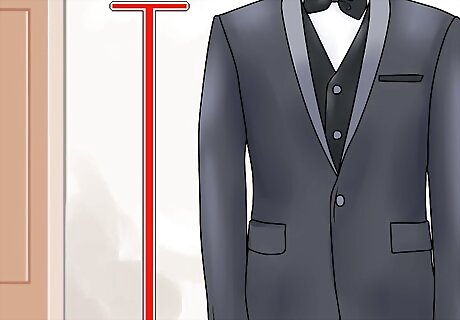
Learn how coat length is determined. Coat length is based on height, so you should be able to know what size coat you’ll need if you know size of the dress shirts you get and your height. A short is typically used on people under 5 ft 7 in (1 m 70 cm) with sleeves up to 32 inches (81 cm). A regular is for people between 5 ft 8-11 in (1 m 72-80 cm), with sleeves of 32–33 inches (81–84 cm). A long is for people between 6 ft 0-2 in (1 m 83-88 cm), with sleeves of 34–36 inches (86–91 cm). An extra-long is for people taller than 6 ft 2 in (1 m 88 cm) with sleeves longer than 36 inches (91 cm).
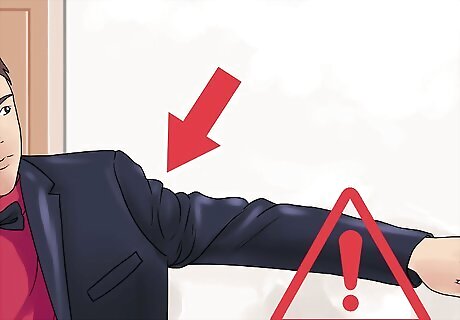
Make sure the armholes aren’t snug. When you try a jacket on, you need to make sure the armholes are loose enough to allow you full range of motion and that you won't risk ripping the interior lining of the jacket if you move incorrectly. If you feel a pinch in your arm-pit, the jacket needs to be altered, or you'll need a different one.
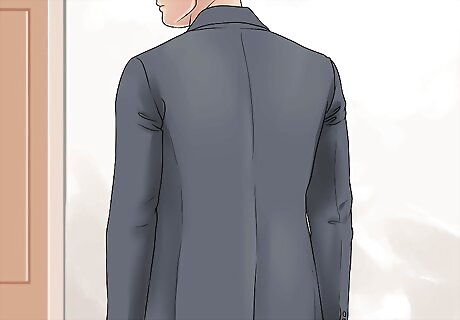
Check that the coat drapes across your back smoothly. Coats shouldn't look bunchy or ranched at any point across your shoulders and down your back. A jacket cut properly should work in clean lines and lay perfectly flat down your back. If not, it might be too small, or poorly stitched.
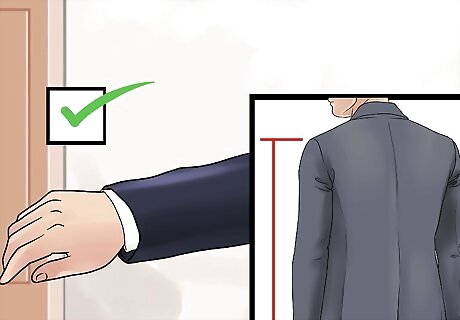
Get sleeves that are the appropriate length. Let your arms hang loosely at your sides. On a coat that fits properly, the hem of the sleeve should reach down to your knuckles when your arms are hanging in this way. You'll also want to do this with your shirt on to check that the sleeves of your dress shirt underneath are long enough. The coat sleeves should reveal about a ⁄2 inch (1.3 cm) of the shirt cuff.
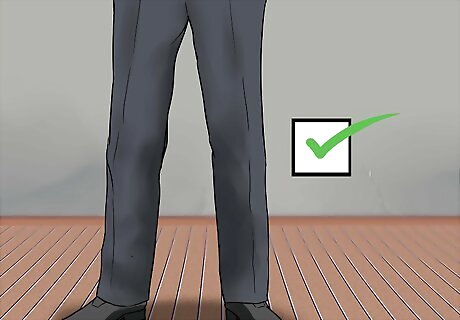
Ensure the pants are the correct length. Put on your shoes and check the length of the trousers. They should be hemmed evenly with the heel of your shoe in the back, resting just gently on the top of your shoes in the front. They shouldn't drape too much and hang over the shoes, but just come into line with the bottom and top.













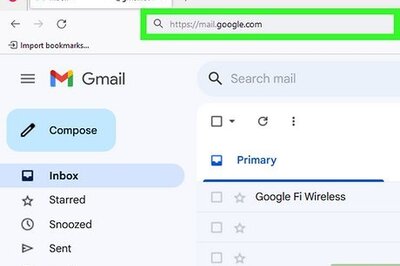



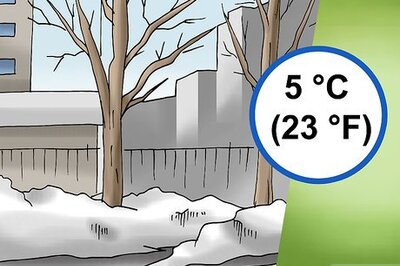
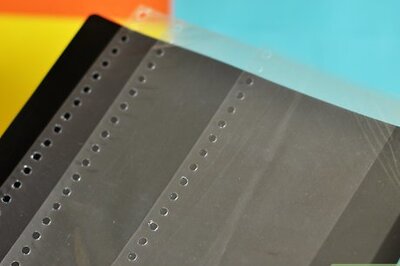
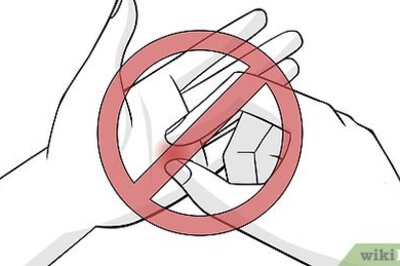
Comments
0 comment